Used Car Buying Guide
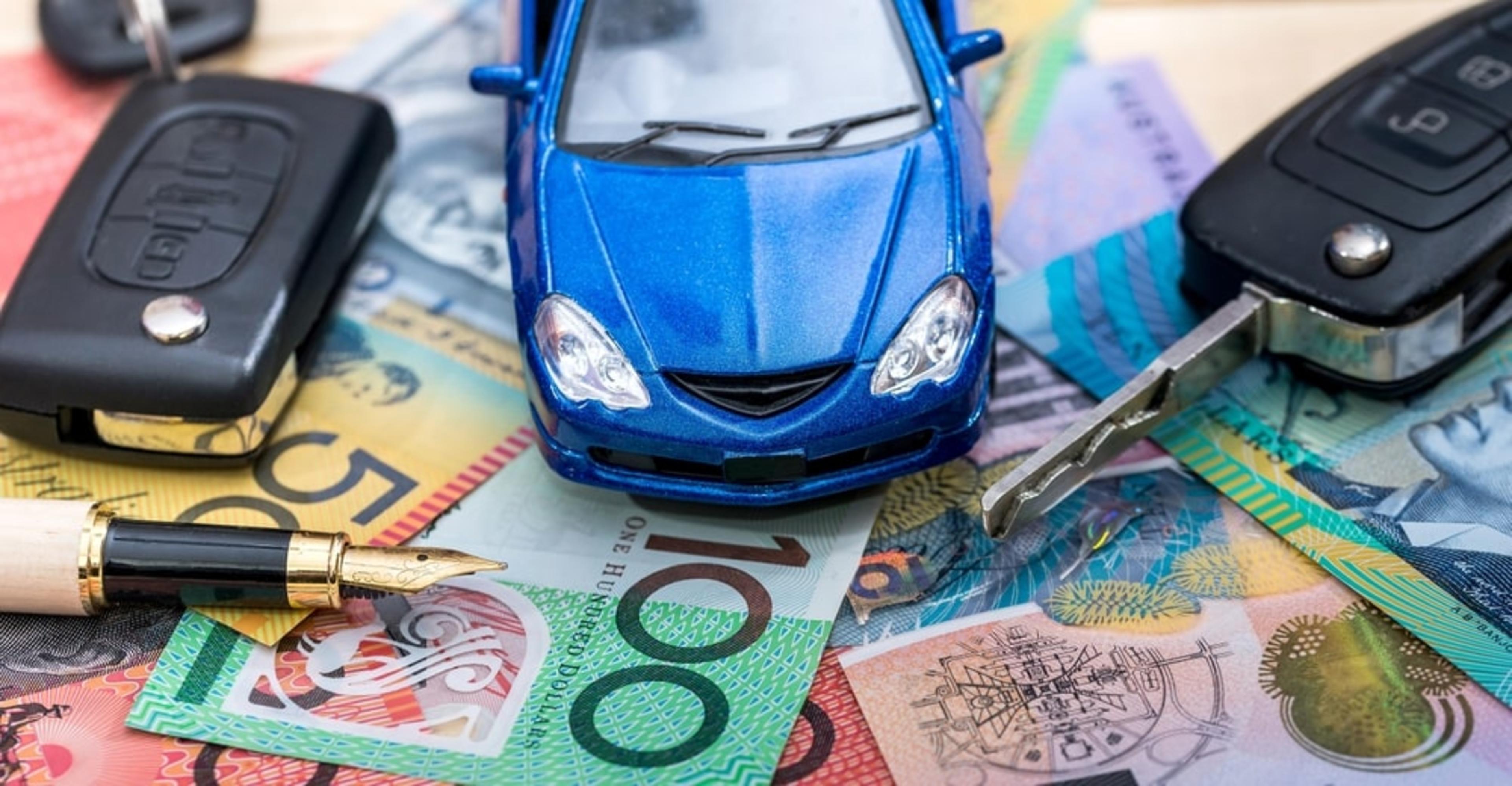
Buying a used car can be one of the smartest financial decisions you make, but it’s not without its challenges. The thrill of finding the perfect vehicle at a fraction of the cost of a new one is often balanced by the uncertainty of its history, condition, and longevity. It’s a journey that requires patience, knowledge, and a bit of strategy.
In a market where options abound and each car has its own story, making an informed choice is key.
This guide is here to steer you through the process, helping you navigate the twists and turns with confidence. Whether you’re a seasoned buyer or stepping into the world of used cars for the first time, the road ahead can be smooth when you know what to look for and what to avoid.
Ready to find your next car? Let’s get started.
Why buy a used car?
Significant cost savings
Opting for a used car is more than just a way to save money—it's a savvy choice that allows you to avoid the steep depreciation that new cars experience in their first few years. This means you can afford a better model or one with higher-end features, giving you more value for your money.
Greater variety and options
When you buy used, the market opens up a world of possibilities. From nearly-new vehicles with low mileage to older models that have proven their reliability over time, the choices are vast. This variety allows you to find a car that perfectly suits your needs and preferences, often at a price point that’s more accessible.
Certified Pre-Owned (CPO) programs
For those looking for extra peace of mind, Certified Pre-Owned programs offer a great middle ground between new and used. These cars undergo rigorous inspections and come with extended warranties, ensuring that you’re getting a vehicle that’s in top condition without the new car price tag.
Set your budget
First, you need to determine your total budget
When setting your budget, it’s important to consider the overall cost of ownership, not just the purchase price of the vehicle. While the upfront cost is significant, it’s just one part of the financial picture.
You’ll also need to account for ongoing expenses such as:
- Registration fees: In Australia, vehicle registration fees are a recurring cost that varies by state or territory. You can choose to pay these fees monthly, quarterly, semi-annually, or annually. Make sure to factor this into your budget, as it’s a mandatory expense.
- Insurance premiums: Insurance is a significant ongoing cost that depends on factors like the car's make, model, age, and your driving history. It’s a good idea to get insurance quotes for the vehicles you’re considering to understand how these premiums will fit into your budget.
- Maintenance and repairs: All vehicles require regular maintenance, but older cars or those with higher mileage may need more frequent repairs. Research the typical costs associated with the models you’re interested in and plan accordingly.
- Fuel efficiency: Fuel costs can quickly add up, especially if your vehicle isn’t fuel-efficient. While more fuel-efficient cars might come with a higher purchase price, they can save you money over time by reducing how much you spend at the servo.
- Driver’s licence renewal: Although not directly related to the vehicle, you still shouldn’t forget the one thing that allows you to drive your car in the first place. Licensing fees vary by state and typically need to be renewed every 1 to 5 years, depending on where you live and what you’ve chosen to pay.
These added costs can add up quickly, so planning ahead will help you make a more informed decision and avoid financial strain.
Should you finance or pay with cash?
Financing a used car
Financing your vehicle can help spread out the cost over time, making it more manageable. Car loans from banks, credit unions, or dealerships offer different interest rates and terms, so it’s crucial to shop around for the best deal. Getting pre-approved for a loan can give you a clear budget to work with and increase your negotiating power when you’re ready to buy.
Paying with cash

Paying in cash eliminates the need for a loan, saving you money on interest and simplifying the buying process.
It can also give you an advantage in negotiations, as some sellers often prefer cash transactions because they’re quicker and more straightforward. With cash in hand, you may be able to negotiate a lower price since the seller knows the deal can be closed immediately.
However, it’s important to ensure that paying in full doesn’t leave you without a financial cushion for other expenses like registration, insurance, and potential repairs.
Decide what you need
Assess your lifestyle and driving habits
The first step in deciding what type of used car to buy is understanding your specific needs. Consider how you use your car on a daily basis and what your future needs might be.
First car or learner / provision driver
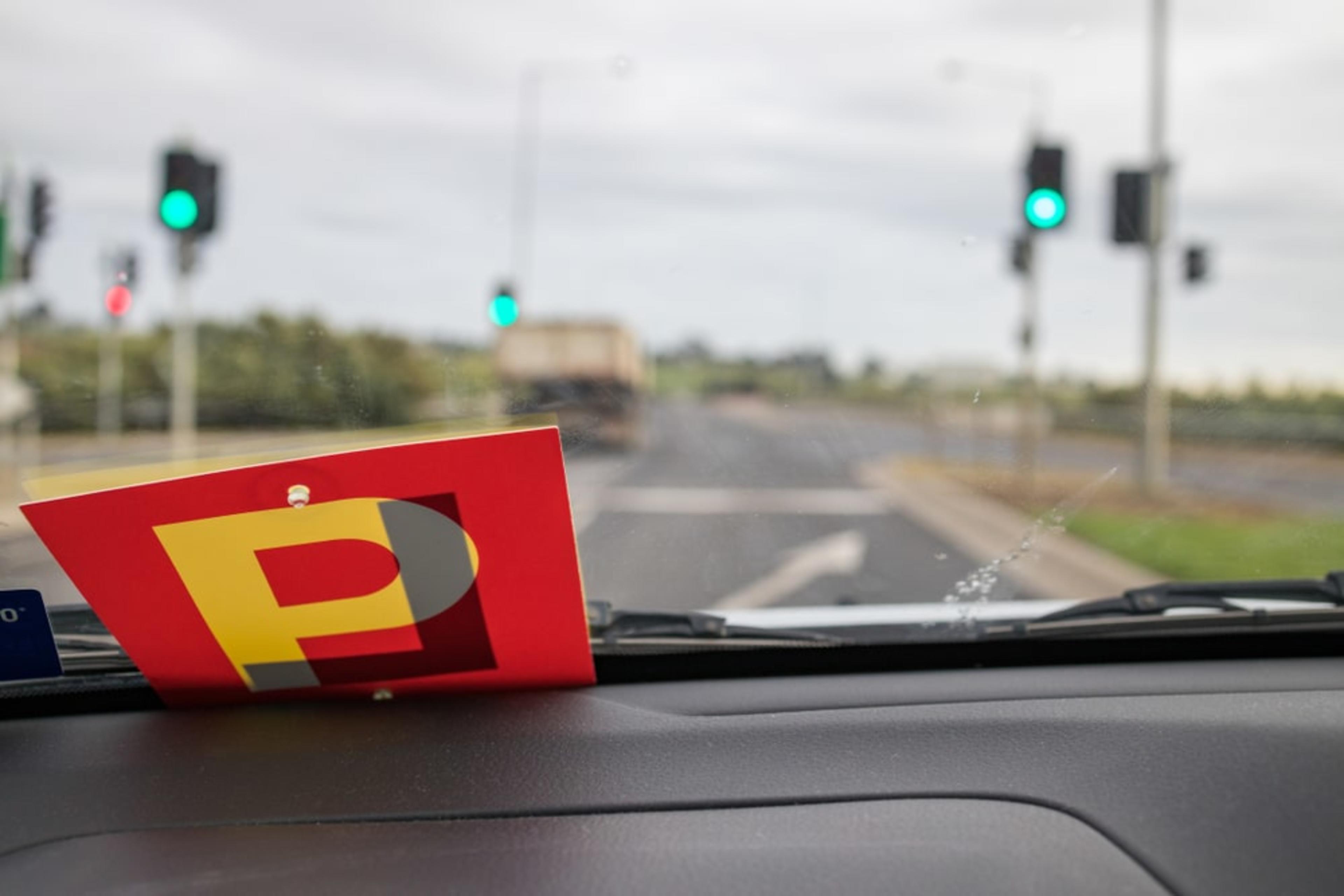
If you’re buying your first car or looking for a vehicle to learn in, a used car is often the best choice.
For learner drivers, a smaller, more affordable car is ideal—something that’s easy to handle and won’t be too costly to repair if minor bumps and scrapes occur. We suggest that you look for models that are known for reliability and have lower insurance premiums. Used cars also provide a great opportunity to learn the basics of car ownership without the pressure of maintaining a brand-new vehicle.
Family size and passengers
If you have a growing family or frequently drive with multiple passengers, a larger vehicle like an SUV or a minivan might be necessary. These vehicles offer more seating and cargo space, making them ideal for family trips, school runs, or carrying sports gear.
Daily commutes and driving environment
Think about your daily commute and the typical driving conditions you encounter. If you primarily drive in the city, a compact car or hatchback might be more practical due to easier parking and better fuel efficiency. On the other hand, if you often drive on highways or need a vehicle for off-road adventures, a sedan or SUV with more power and stability might be a better fit.
Think about your future plans
Consider any upcoming changes in your life that might affect your vehicle needs, such as a new job with a longer commute, the arrival of a new family member, or plans to move to a different area with different driving conditions.
Choose the right vehicle type
Once you have a clear understanding of your needs, you can start narrowing down the types of vehicles that best match your lifestyle.
Sedans

Sedans are a popular choice for many drivers because of their balance between comfort, fuel efficiency, and performance. They’re ideal for small families or individuals who want a versatile vehicle that can handle both city and highway driving.
SUVs and Crossovers
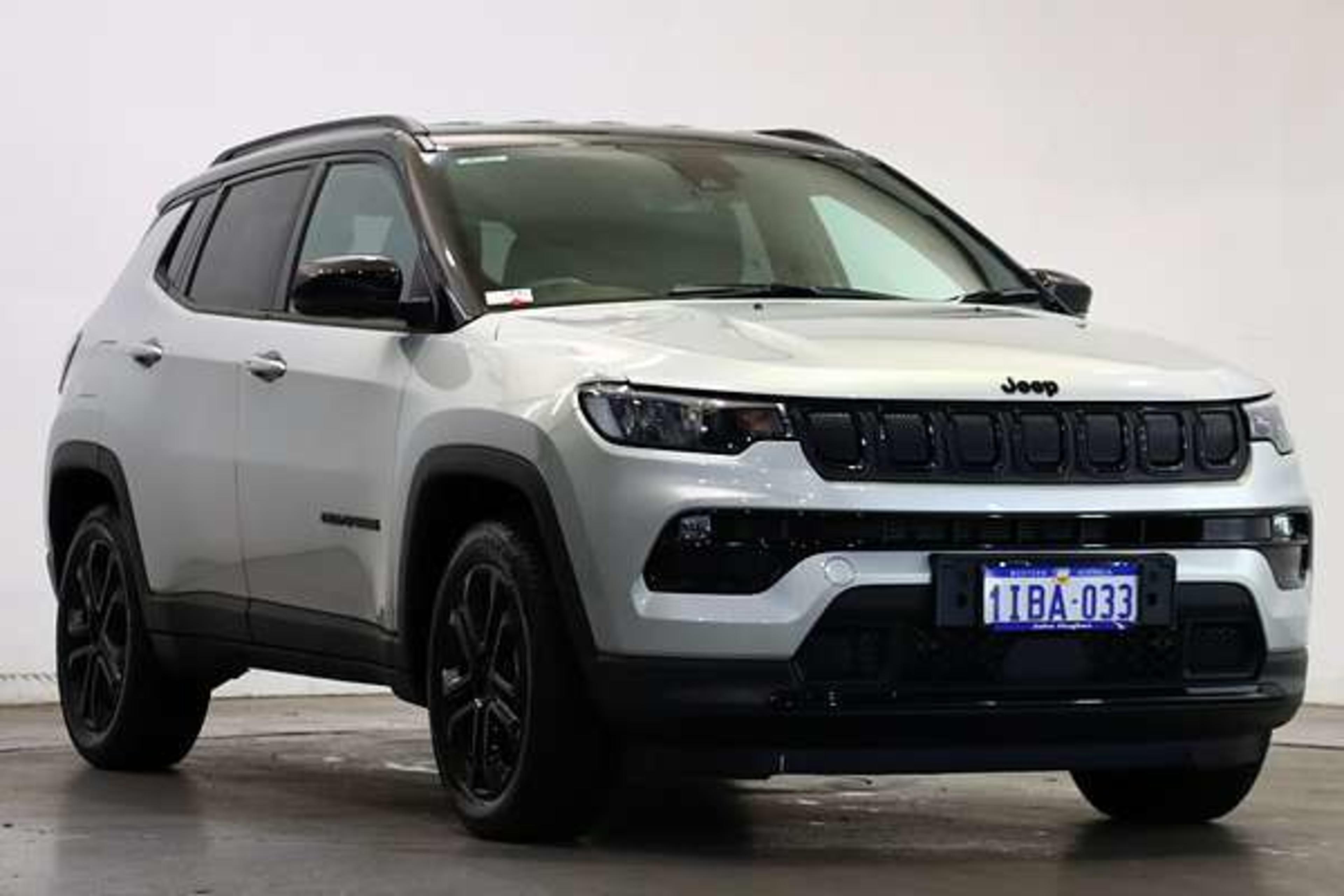
If you need more space or plan to take your car on rougher terrain, an SUV or crossover might be the way to go. These vehicles offer higher ground clearance, more interior space, and the capability to handle various road conditions. They’re perfect for families, adventurers, or anyone needing extra room.
Hatchbacks
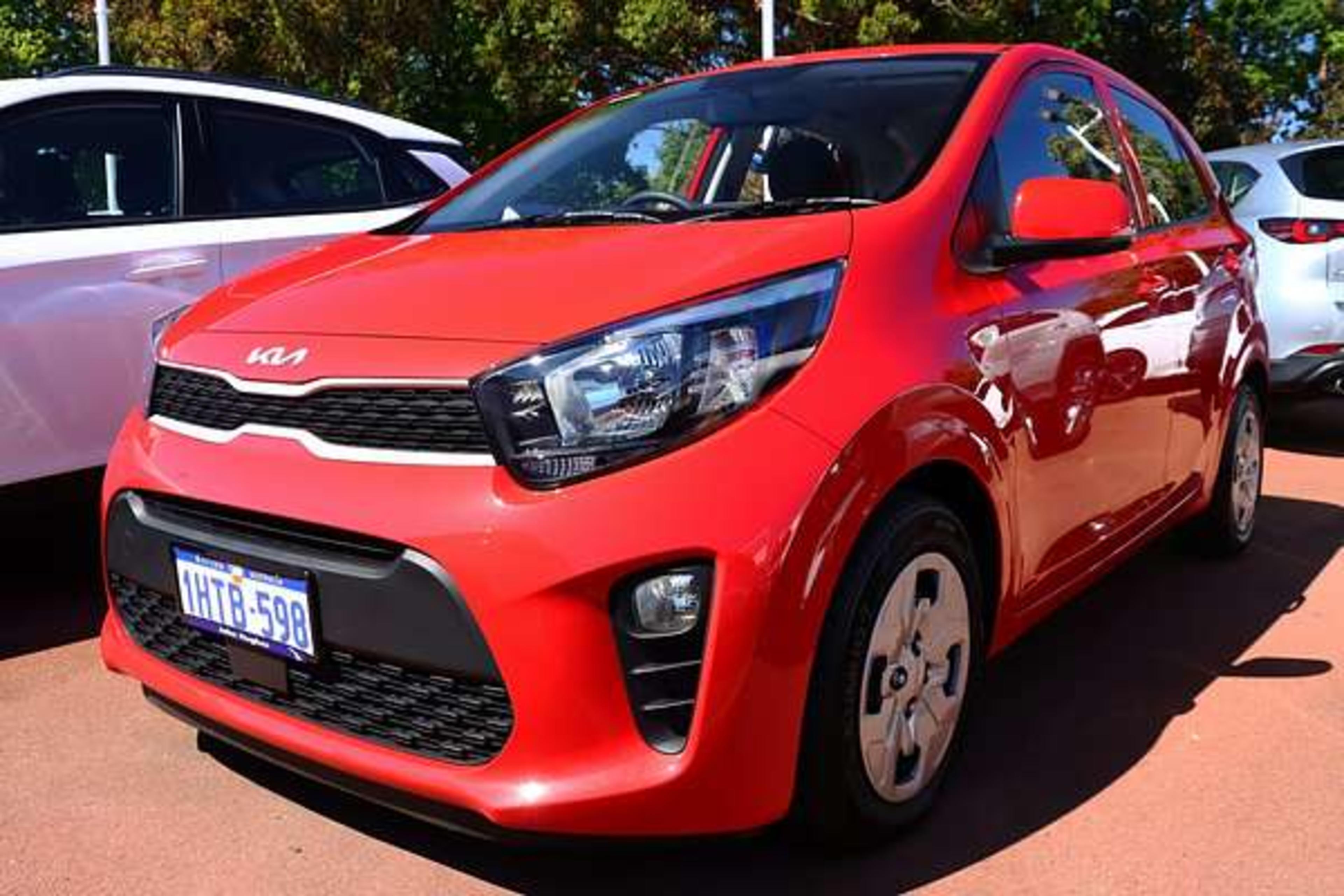
Hatchbacks are a great option for those who need flexibility. They offer compact size for easy manoeuvrability in the city, while still providing ample cargo space with rear seats that fold down. This makes them ideal for urban drivers or small families who need versatility in their vehicle.
Utes (Utility Vehicles)
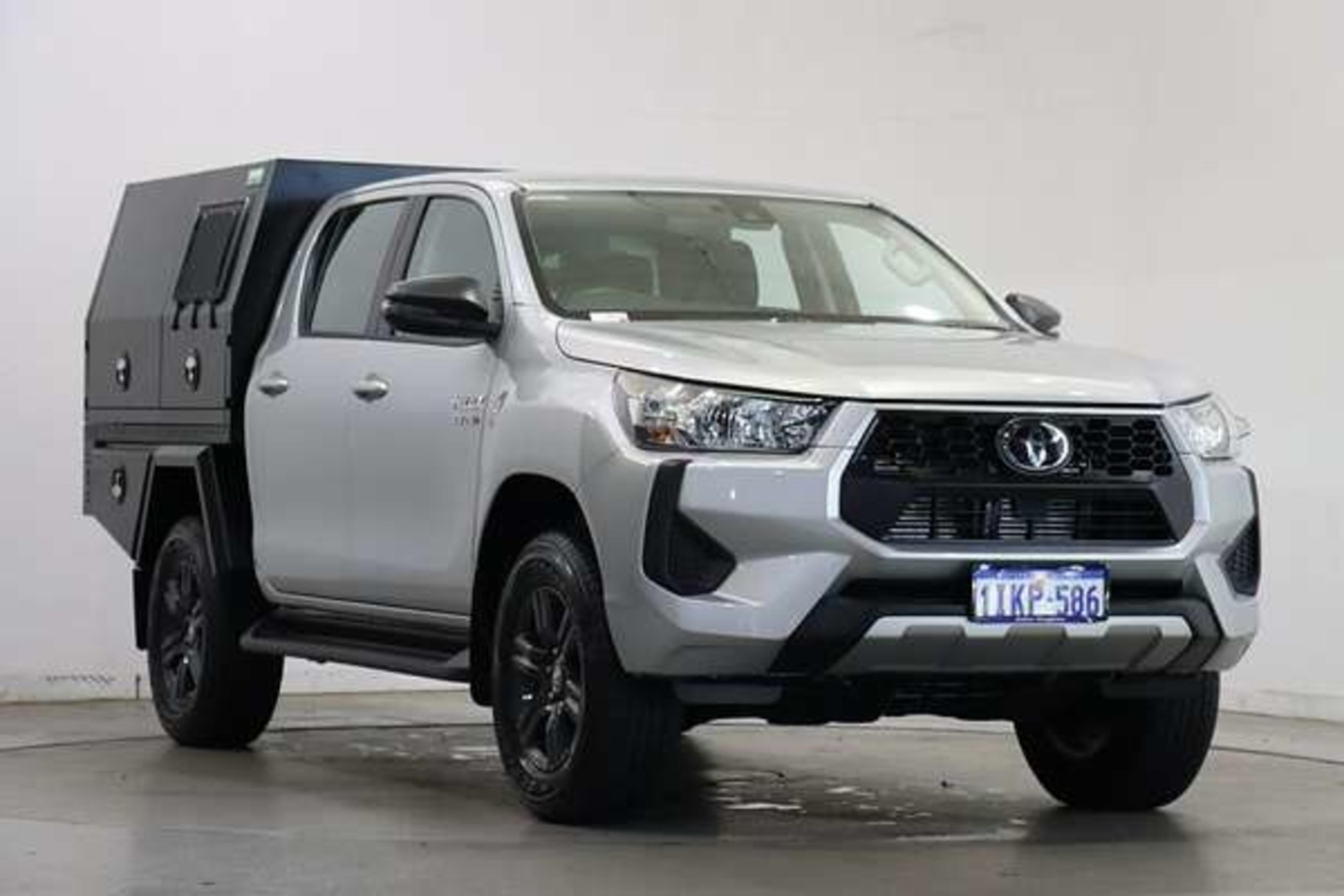
For those who need a vehicle that can handle both personal and work-related tasks, a ute offers the best of both worlds. With a robust build and a large cargo area, utes are perfect for tradespeople or those who frequently transport heavy or bulky items.
Minivans

Minivans are the go-to choice for large families. They offer multiple seating configurations and a vast amount of interior space, making them ideal for transporting kids, luggage, and everything in between.
Prioritise essential features
Once you’ve decided on the type of vehicle that suits your needs, it’s important to consider the features that will make your driving experience safer, more comfortable, and more enjoyable.
Some examples include:
- Safety features – Anti-lock brakes, airbags, electronic stability control, and advanced driver assistance systems.
- Fuel efficiency – Low litres per 100 km, which can save you money on fuel in the long run.
- Technology and connectivity – Bluetooth, navigation systems, and smartphone integration for added convenience.
- Comfort and convenience – Heated seats, different types of seat covers - leather, denim or canvas seat covers, climate control, and ample legroom for a more enjoyable driving experience.
Decide where to buy
1. Dealership
When it comes to purchasing a used car, buying from a reputable dealership offers several advantages that private sellers or online marketplaces simply can’t match. At a dealership, you’ll find a curated selection of used vehicles that have been thoroughly inspected, serviced, and often come with warranties, giving you peace of mind that your investment is protected.
- Quality and assurance
Dealerships typically have strict inspection processes to ensure that each used car on their lot meets specific quality and safety standards. Many cars sold at dealerships come with warranties, which provide peace of mind and protection against unexpected repairs—something you typically will not get when buying from a private seller.
- Wide selection and expert guidance
One of the main benefits of buying from a dealership is access to a broad inventory of used cars, spanning various makes, models, and price ranges. Dealerships often have knowledgeable staff who can guide you in finding the right vehicle that fits your needs and budget, whether you’re looking for a compact car, an SUV, or something in between.
- Financing options
Unlike private sellers, dealerships offer financing options that can be tailored to your financial situation. They often work with multiple lenders to secure competitive interest rates and terms, making it easier to afford the car you want without stretching your budget.
- Trade-in opportunities
If you’re looking to upgrade your current vehicle, many dealerships offer trade-in programs that allow you to apply the value of your old car toward your new purchase. This can simplify the buying process and reduce the amount you need to finance or pay upfront.
2. Private sellers
Purchasing from a private seller can sometimes result in a lower purchase price, but it comes with its own set of risks. Unlike dealerships, private sellers typically don’t offer warranties or guarantees, and the car may not have undergone a thorough inspection. This means you’ll need to be cautious, conducting your own inspections and possibly paying for a mechanic to ensure the car’s condition.
- Pros – Potentially lower prices, direct negotiation with the owner.
- Cons – No warranty, limited recourse if something goes wrong, potential for hidden issues.
3. Online marketplaces
Online marketplaces and auctions offer a vast array of vehicles, often at competitive prices. However, the risks are similar to those with private sellers, including the lack of warranties and the need for thorough inspections. Additionally, buying a car sight unseen can lead to unexpected surprises when the vehicle arrives.
- Pros – Wide selection, competitive pricing.
- Cons – Lack of warranty, potential for hidden issues, and the challenge of inspecting the car before purchase.
Research the vehicle
Before committing to a used car, thorough research is essential to ensure you’re making a sound investment. By taking the time to dig into the car’s history, market value, and potential issues, you can avoid surprises and make a more informed decision.
Check the vehicle’s history
One of the first steps in researching a used car is to obtain a vehicle history report. This report provides crucial information about the car’s past, including any accidents, previous ownership, and whether the vehicle has been written off or stolen.
In Australia, you can access this information through services like the Personal Property Securities Register (PPSR), which will also tell you if there is any finance owing on the car.
Vehicle Identification Number (VIN)
Always verify the car’s VIN against the registration papers and compliance plates. The VIN is like the car’s fingerprint, providing a way to track its history accurately. Any discrepancies could indicate potential issues, such as a stolen vehicle or incorrect documentation.
Understand the market value
Knowing the fair market value of the car you’re interested in is crucial for negotiating a good deal. Use online tools like RedBook, Glass’s Guide, or Kelley Blue Book to compare prices for similar vehicles. These resources will give you an idea of what the car is worth based on factors like its age, kilometres, and condition.
Price comparison
Look at listings for similar cars in your area to see how the asking price compares. If a deal seems too good to be true, it might be worth investigating further—there could be hidden issues driving the price down.
Depreciation rates
Research the model’s depreciation rate to understand how its value might change over time. Some cars hold their value better than others, which can be an important factor if you plan to sell the car in the future.
Check for recalls and safety ratings
Before buying a used car, it’s essential to check if there have been any recalls on the model. Recalls are issued when a manufacturer identifies a safety defect or non-compliance with safety standards. You can check for recalls through government websites or directly with the manufacturer. Make sure any recall work has been completed before finalising the purchase.
ANCAP Safety Ratings
The Australasian New Car Assessment Program (ANCAP) provides safety ratings for vehicles based on crash tests and safety features. Research the ANCAP rating for the model you’re considering to ensure it meets your safety expectations.
Research common issues
Every car model has its own set of common issues, especially as it ages. Look up reviews, forums, and reliability ratings to see if the vehicle you’re considering is known for any specific problems. Understanding these potential issues can help you make a more informed decision and prepare you for possible future repairs.
Inspect the car
Before finalising your purchase, thoroughly inspecting the used car is crucial to ensure you’re getting a vehicle in good condition. Even if you’re not a mechanic, there are several key areas you can check to avoid unexpected issues down the road.
Exterior inspection
- Paint and bodywork
Look closely at the paint job and body panels. Uneven paint, rust spots, or mismatched colours can indicate previous repairs, potentially from an accident. Check for dents, scratches, and any signs of rust, particularly around the wheel wells, door edges, and under the car.
- Gaps and alignment
Inspect the gaps between body panels to ensure they are even. Uneven gaps could suggest that the car has been in an accident and poorly repaired. Make sure doors, the bonnet, and the boot open and close smoothly.
- Tyres and wheels
Check the condition of the tyres, including the spare. Tyres should have a minimum tread depth of 1.6mm, but it’s better if they’re above 3mm for safety. Look for uneven wear, which could indicate alignment issues or suspension problems. Also, inspect the wheels for any damage or corrosion.
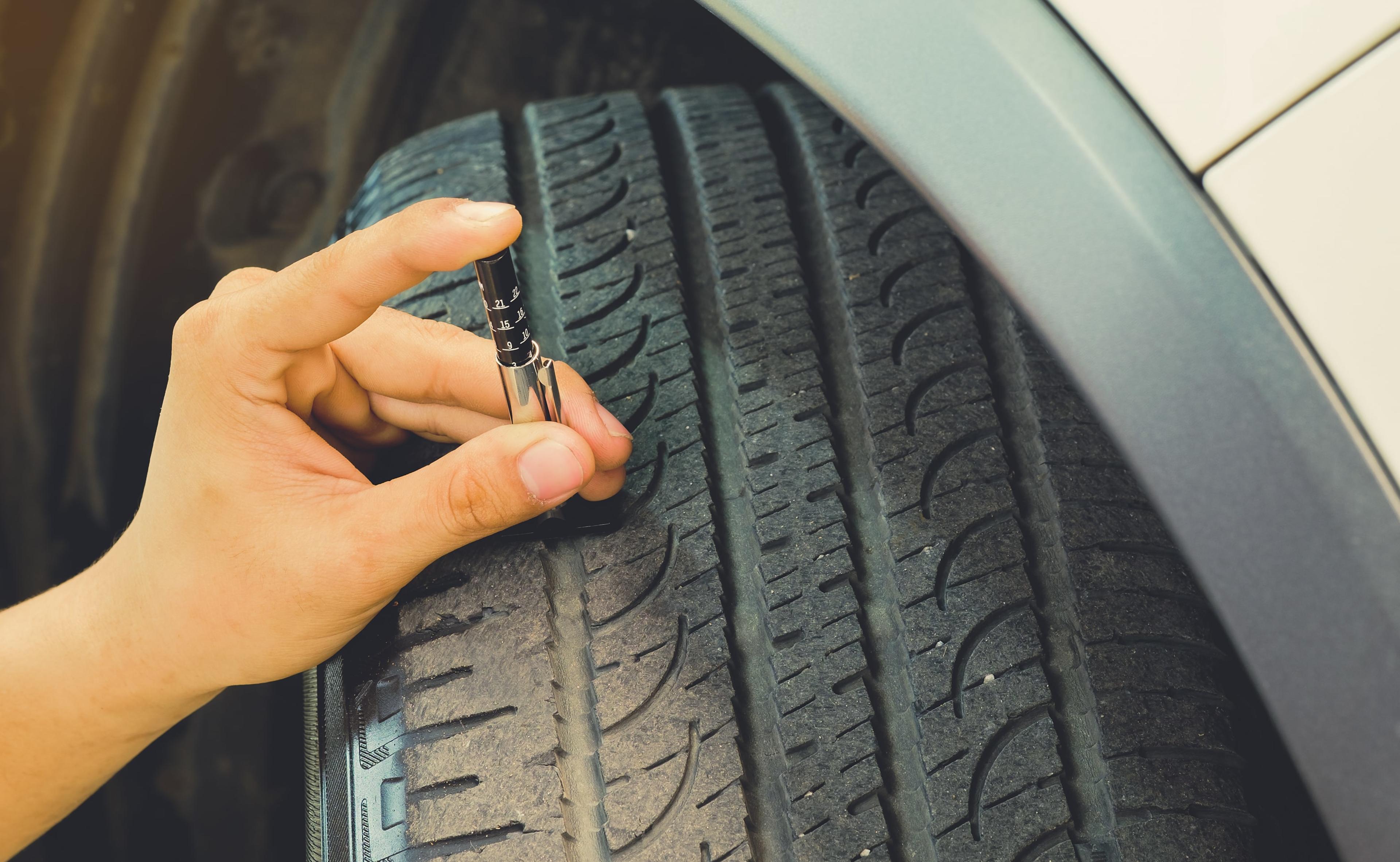
Interior inspection
- Upholstery and Trim
Inspect the seats, carpets, and trim for wear and tear. Look for any stains, rips, or fading, especially on the driver’s seat, which typically shows the most wear. Ensure all the seatbelts are in good working order.
- Electronics and Controls
Test all the electronic features, including the windows, locks, climate control, and infotainment system. Ensure the dashboard lights function correctly and no warning lights stay on after starting the car. Don’t forget to check the functionality of the radio, GPS, and any other installed tech.
- Odour Check
Take a moment to assess the smell inside the car. Unpleasant odours, such as mustiness or a strong air freshener scent, could indicate water damage or attempts to mask other smells like cigarette smoke or pet odours.
Under the hood
Even if you’re not mechanically inclined, there are basic checks you can do under the hood to spot potential issues.
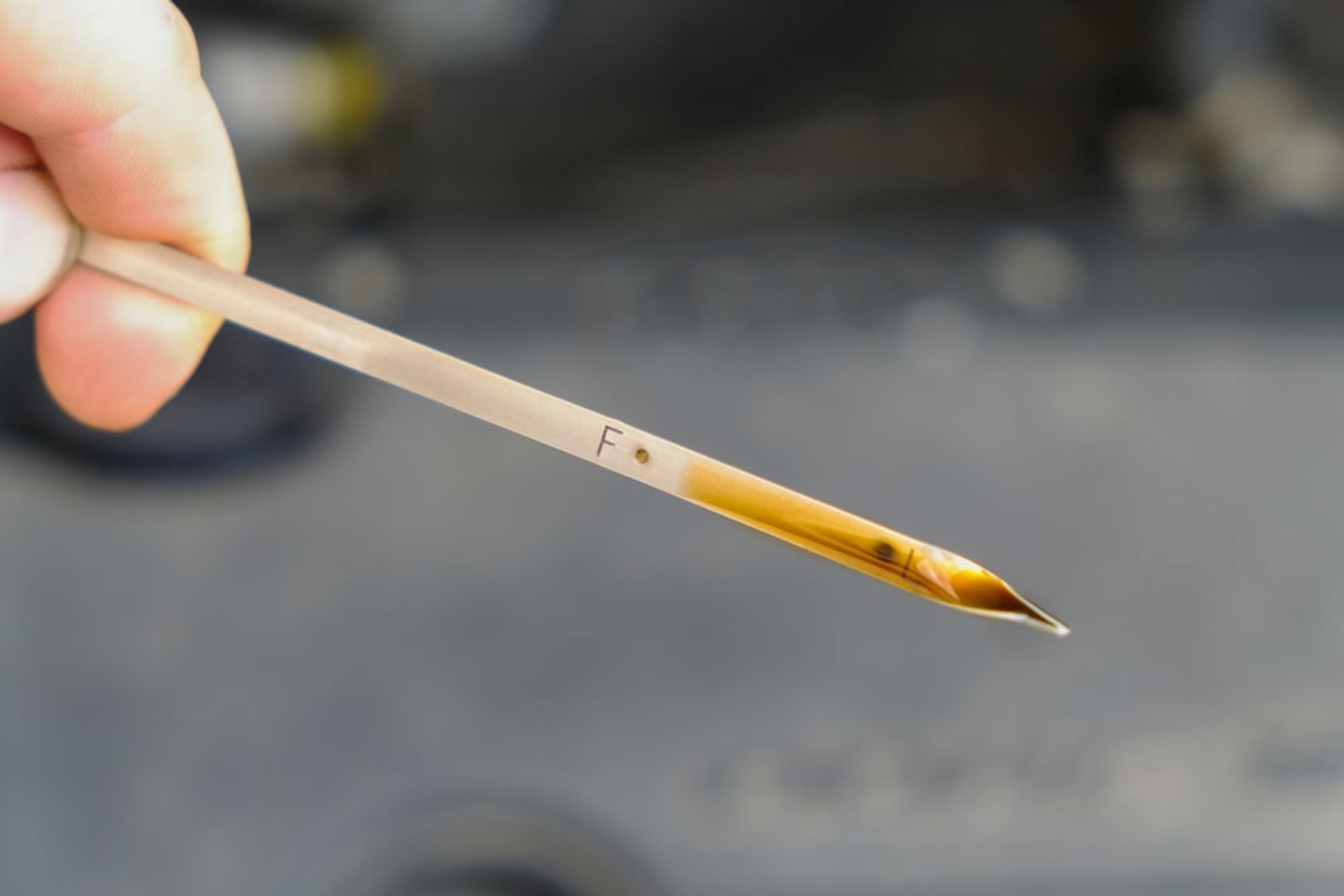
- Fluids
Check the levels and conditions of essential fluids like engine oil, transmission fluid, brake fluid, and coolant. Engine oil should be a clear amber colour—dark or gritty oil can indicate that it hasn’t been changed regularly. Low or dirty fluids could suggest poor maintenance.
- Belts and hoses
Inspect the belts and hoses for signs of wear, cracks, or leaks. These components are essential for the vehicle’s operation, and replacing them can be costly if they fail.
- Battery
Examine the battery for any signs of corrosion on the terminals. Check the date on the battery to see how old it is—most car batteries last around 3-5 years. If it’s nearing the end of its life, you might need to replace it soon.
Under the car
Don’t forget to take a look underneath the car, as this can reveal issues that might not be visible elsewhere.
- Exhaust system
Inspect the exhaust system for rust, holes, or loose parts. Excessive rust or black smoke from the exhaust pipe could be signs of engine trouble.
- Leaks
Look for any fluid leaks under the car. Common leaks include oil, coolant, and transmission fluid. Any leaks should be a red flag, as they can indicate serious mechanical problems.
- Suspension
Check for any sagging or unevenness in the suspension. Push down on each corner of the car to see if it bounces back smoothly—if it continues to bounce, the shocks or struts might be worn out.
Test drive
A test drive is your chance to see how the car performs on the road. Pay attention to how it handles, accelerates, and brakes.
- Starting the Engine
Start the engine and listen for any unusual noises like knocking or ticking. The engine should idle smoothly without vibrations or hesitation.
- Steering and Handling
While driving, test the car’s steering responsiveness. The steering wheel should feel smooth and controlled, without pulling to one side or vibrating. Take the car on a variety of road types, including highways and rougher roads, to see how it handles different conditions.
- Braking
Test the brakes by applying firm but steady pressure. The car should stop smoothly without any grinding, squealing, or pulling to one side. If you feel vibrations in the brake pedal, the rotors might be warped.
- Acceleration and Transmission
Pay attention to how the car accelerates. The transmission should shift smoothly, without hesitation or jerking. If the car has an automatic transmission, ensure the shifts are seamless at different speeds.
Check the paperwork
If everything checks out during the inspection, it’s time to dive into the paperwork. This step is crucial to ensuring that your purchase is legitimate and free of complications. Thoroughly reviewing all documents will protect you from potential legal issues and provide peace of mind, knowing that the car is yours with no hidden strings attached.
Verify ownership and registration
The first step in checking the paperwork is to confirm that the person selling the car is the legal owner. This can be done by reviewing the car’s registration papers.
Match the seller’s details
Make sure the name and address on the registration documents match the seller’s identification, such as their driver’s licence. If the seller isn’t the registered owner, this could be a red flag, and you should ask for an explanation.
Be cautious of excuses like selling on behalf of a friend or family member without proper documentation.
Check the VIN and engine number
Verify that the VIN and engine number on the registration papers match those on the car itself.
The VIN is typically located on the compliance plate in the engine bay, on the door frame, or at the base of the windshield. Discrepancies between these numbers can indicate tampering or that the car has been stolen.
Ensure the car is free of debt
In Australia, a car with an outstanding loan or debt against it can be repossessed by the lender, even if you’ve purchased it. To avoid this situation, it’s crucial to check that the car has no money owing.
PPSR Check
Conduct a PPSR check using the car’s VIN. This report will tell you if there’s any finance owing on the car or if it has been listed as stolen or written off. It’s a small investment that can save you from significant headaches down the line.
Review the vehicle’s service history
A complete and detailed service history is a good indicator that the car has been well-maintained. It also provides insights into any recurring issues and how they were addressed.
We recommend that you go through the logbook or service records to ensure that the car has received regular maintenance as recommended by the manufacturer. Regular oil changes, tyre rotations, and other routine services are essential for the car’s longevity and performance.
Also, look for major repairs or part replacements in the car’s history. While some repairs are a normal part of a car’s life cycle, frequent or repeated repairs could indicate underlying issues.
Review the compliance plate
The compliance plate confirms that the vehicle meets Australian safety and design standards. It’s typically located in the engine bay or door frame.
Ensure the date of manufacture on the compliance plate matches what the seller has told you. This data is also important for determining the car’s age, which can affect its value and insurance costs.
On top of this, make sure the car’s compliance plate indicates that it meets Australian safety standards. Without this confirmation, the car may not be legally roadworthy in Australia.
Check all keys and manuals
Finally, ensure that the seller provides you with all sets of keys, including spares, and any manuals that came with the vehicle.
Spare keys can be expensive to replace, especially if they’re electronic or require programming. Make sure you receive all keys as part of the sale.
Owner’s manual and service books are documents that are important for understanding how to operate and maintain the vehicle. Ensure they’re included, along with any records of warranty information or previous repairs.
Negotiate the deal
Once you’ve found the right used car and done your research, it’s time to negotiate the deal. Effective negotiation can save you money and ensure you’re getting the best value for your purchase. Here are some strategies to help you navigate this process.
Do your homework
Knowledge is your best tool when it comes to negotiation. By understanding the car’s market value, you’ll have a solid foundation to work from when discussing price.
Leverage the information you’ve gathered on the car’s history, condition, and market value. If the asking price is higher than what similar vehicles are selling for, use this data to justify a lower offer.
Start with a reasonable offer
When making your initial offer, start slightly below what you’re willing to pay. This gives you room to negotiate while still aiming for a fair price. Be respectful and reasonable with your offer, as an overly low bid can sometimes backfire and reduce your chances of securing the deal.
Be prepared for counteroffers
The seller is likely to counter your offer, so be ready to negotiate. Consider what additional value you might want—such as including a service package or extending a warranty—if the price can’t come down to your target.
Highlight the car’s condition
If you’ve identified any issues during your inspection or through the vehicle’s history report, use these as negotiating points.
For example, if the car needs new tyres, has minor damage, or is due for a major service, mention these costs and suggest a lower price to offset them.
Consider the total package
Remember, price isn’t the only negotiable aspect of the deal. Consider other factors like financing terms, warranties, and additional perks that could add value to your purchase.
- Financing terms
If you’re financing the car, negotiate the terms of the loan, including the interest rate and loan duration. A lower interest rate can significantly reduce the overall cost of the vehicle.
- Trade-in value
If you’re trading in your old car, negotiate its value separately from the price of the new car. This will give you a clearer picture of the deal’s overall fairness.
- Extras and add-ons
Dealerships often offer extras like extended warranties, service packages, or accessories. If these are important to you, negotiate to include them in the deal at little or no additional cost.
Be ready to walk away
One of the most powerful tools in negotiation is the ability to walk away. If the seller isn’t willing to meet your terms, be prepared to leave and continue your search elsewhere. This shows you’re serious about getting the best deal and not desperate to buy.
- Stay firm on your budget
Don’t let pressure or sales tactics push you beyond what you’re comfortable paying. Sticking to your budget ensures you won’t regret the purchase later.
- Explore other options
If the deal isn’t working out, remember there are plenty of other vehicles out there. Patience can often lead to finding a better deal elsewhere.
Final steps before purchase
With the inspection completed and the paperwork in order, you’re almost ready to drive away in your new (to you) car. But before you finalise the deal, there are a few last steps to ensure everything goes smoothly.
Double-check all documentation
Before handing over any money, make sure to review all the documents one more time. This includes the registration papers, the vehicle’s service history, and the sales contract.
Arrange payment
Once you’re satisfied with the paperwork, it’s time to arrange payment. Depending on your agreement, this might be done through a bank transfer, financing, or paying with cash.
If you’re financing the car, confirm the loan details with your lender and ensure that all the paperwork is completed. Double-check the interest rate, repayment terms, and any other conditions tied to your loan.
If you’re paying in cash or by bank transfer, make sure you’ve arranged the funds ahead of time. Keep a record of the payment for your records and ensure you receive a receipt from the seller.
Transfer the registration
In Australia, transferring the vehicle’s registration is a crucial step that legally makes the car yours. The process varies slightly by state, but generally, it involves both the buyer and seller completing a transfer form.
Complete the transfer form
The seller will need to sign the transfer form, which you will then submit to your state’s registration authority.
Pay any transfer fees
Be prepared to pay a transfer fee as part of this process. The fee amount can vary depending on your state or territory.
Update your details
Ensure your name and address are correctly listed on the registration. If you move in the future, remember to update these details with the registration authority.
Arrange insurance
Before you drive your new car off the lot or away from the seller’s property, it’s essential to have insurance in place.
Get a policy in place
If you haven’t already done so, shop around for the best insurance policy that suits your needs. Comprehensive coverage is often recommended for used cars, as it covers a wide range of potential issues.
Provide necessary documentation
Your insurance provider will likely need details such as the car’s VIN, registration number, and a copy of the sales contract to set up your policy.
After you’ve bought the car

Congratulations! You’ve made it through the process and now have the keys to your new car. But before you hit the road, there are a few important steps to take to ensure your new vehicle is ready for the road and that you’re fully equipped as its new owner.
- Get your car serviced
Even if the car seems to be in good condition, it’s a smart idea to schedule a comprehensive service soon after your purchase. This ensures that any potential issues are caught early and that your vehicle is in peak condition.
- Update your records and documentation
Keeping your car’s records up to date is essential for maintenance, legal compliance, and future resale.
- Get to know your car
Spend some time familiarising yourself with your new car. Understanding how everything works will make you a more confident driver and help you get the most out of your vehicle.
- Establish a maintenance routine
Regular maintenance is key to keeping your car in top shape and extending its lifespan. Establishing a routine now will save you time, money, and hassle down the road.
- Most importantly, enjoy your new ride
Now that everything is in order, it’s time to enjoy the benefits of your new car. Whether it’s the daily commute, weekend getaways, or simply cruising around town, make the most of your new purchase!
Shop with confidence at John Hughes
At John Hughes, we pride ourselves on being one of the most trusted used car dealers in Perth. When you buy from us, you can rest easy knowing your car comes with a 3-month statutory warranty.
If any issues arise within those first three months that aren’t due to normal wear and tear, we’ll take care of the necessary repairs. This means you can drive away with complete confidence, knowing your vehicle is covered.
We’re here to make your car-buying experience as seamless and enjoyable as possible, so you can focus on enjoying your new ride without any worries.
